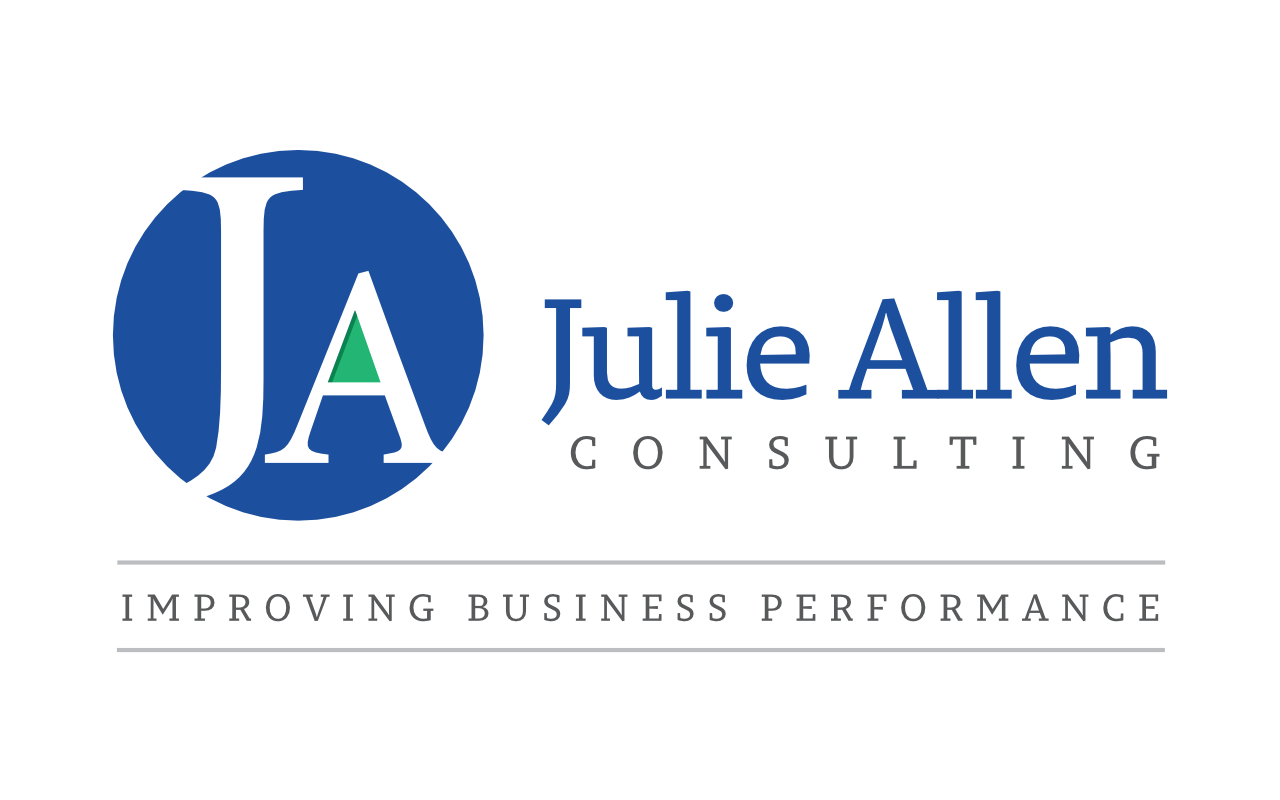Leading Successful Transformational Change
Global disruption is here to stay. There are many contributing forces; advances in technology, climate change, geopolitical conflict, supply chain issues, economic uncertainty, natural disasters and global pandemics.
During the webinar Future Workplaces, I discussed how some workplace practices, processes and structures were developed in the industrial age and these no longer work.
70% of transformations fail
Transformations fail for many different reasons but research from Gartner highlights that:
Managers who are fatigued are 8 times less likely to lead their teams well through change
Talk communication increases change success by up to 32% and wellbeing by 13%
Workforces engaged in implementation can increase change success by up to 24%
Willingness to change is 1.5 times higher when managers support change adaption
As successful transformations are delivered by people and not technology we need to understand the human response to change. To do this we can look at the Kubler-Ross Change Curve which can be used to explain emotions and how performance may be impacted at each stage.
The first reactions to change are usually shock and denial. This stage is frequently short lived but can have an impact on performance and meeting deadlines.
Anger and depression are generally the next phase focusing on blaming someone or something. Performance can be at its lowest levels and there is a tendency to fixate on small issues or problems.
During the next stage their are feelings of optimism and enthusiasm as individuals accept and begin to work with the changes.
Kubler-Ross Change Curve
To support individuals and teams through these phases we first need to understand ‘me’ before understanding ‘us’.
When working with teams that are transforming I work from a respectful, compassionate and non-judgemental perspective and start with exploring the leader’s response to change by asking 4 key questions:
Who is important tome when considering this change?
What unwanted stuff is showing up when I consider this change?
What do I want to do to get relief from this change?
What could I do that would bring me satisfaction in relation to this change?
Having understood our own approach we can then meet with the team to safely explore their thoughts and feelings about the changes by asking 4 similar questions:
What is our shared purpose? What is important to us in terms of this change?
What unwanted stuff might be showing up in the team when we consider the change?
What might the team do to get relief from the unwanted stuff?
What could the team do to bring satisfaction in relation to the shared purpose and what is important?
Checking in with yourself, being flexible when the unwanted thoughts and feelings show up and supporting the team through the various phases are vital elements in leading successful transformational change.
To watch the recording of this 30-minute webinar click the picture below.
What attendees said about this webinar:
“Great event as usual!”
“Thanks Julie - always so helpful to bring focus back where it needs to be!”
Do you need further help?
If so, I offer a complimentary call to discuss your requirements and how we might work together.
Leading Succesful Transformational Change

